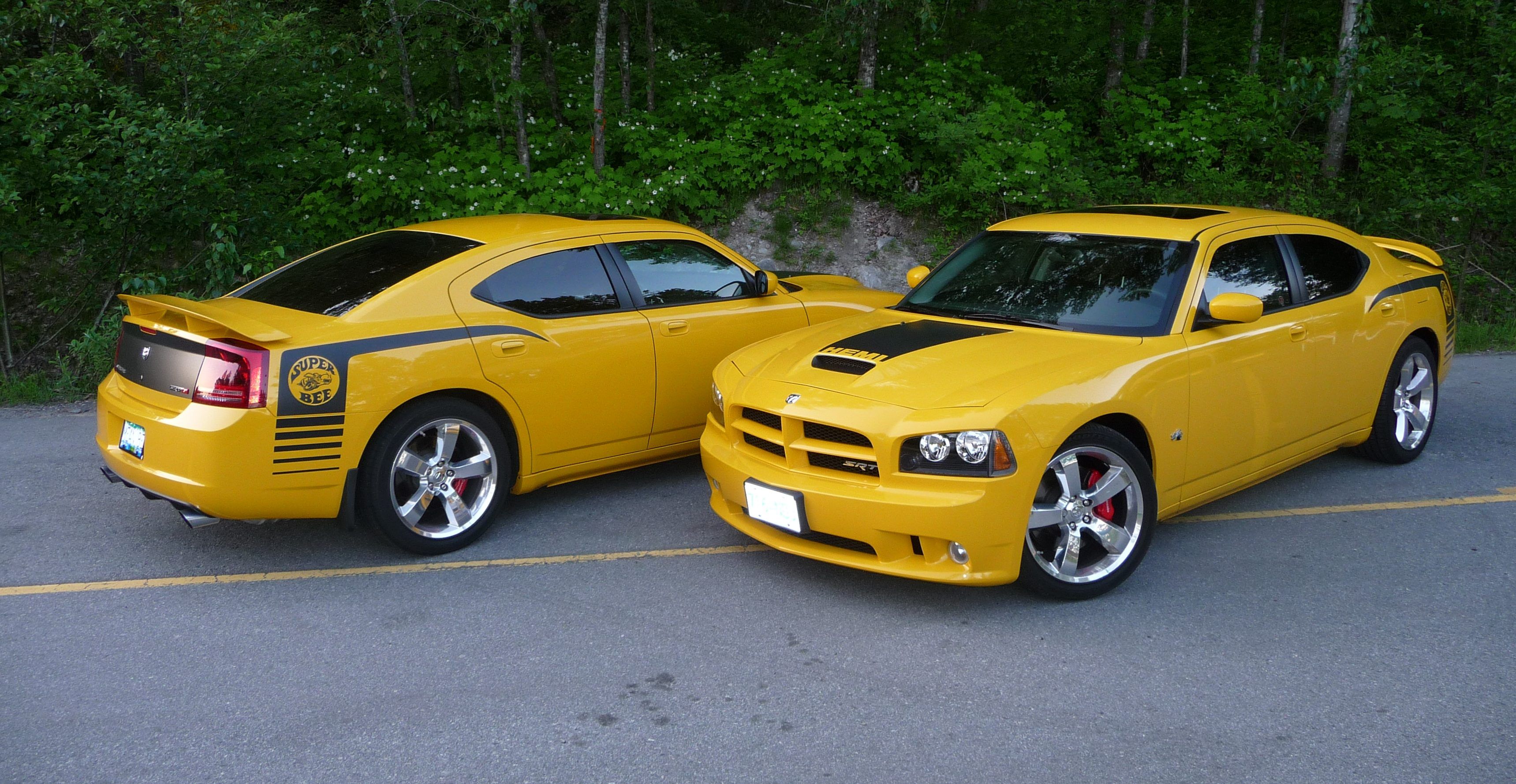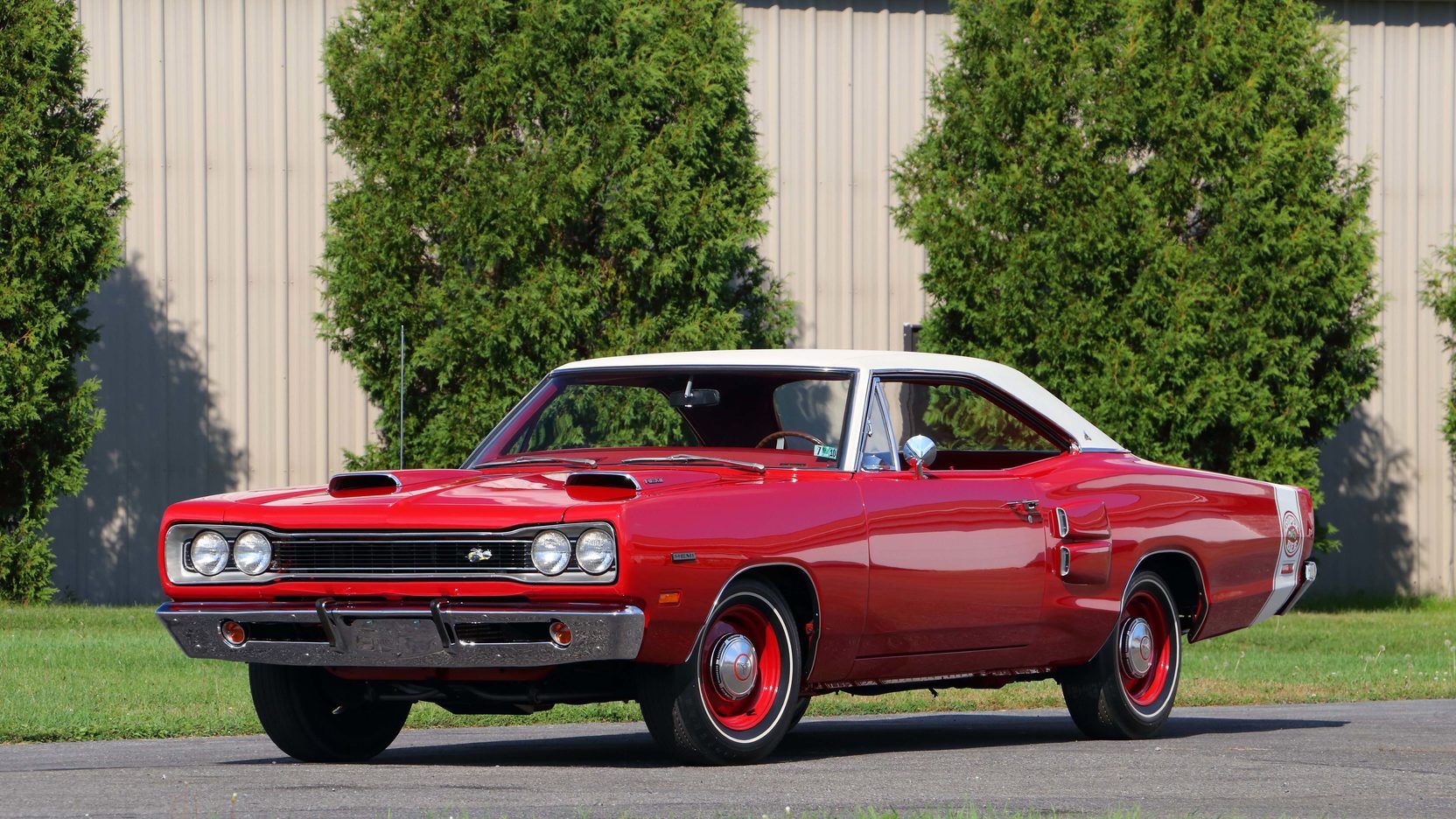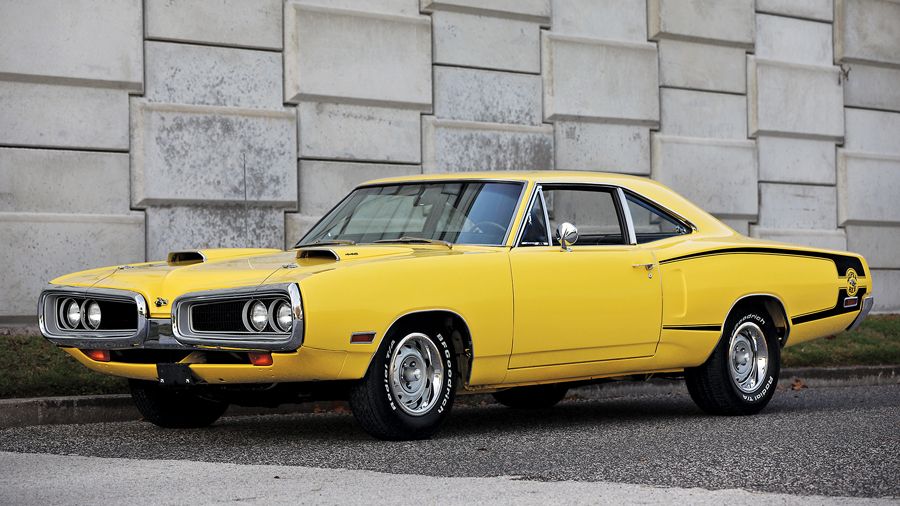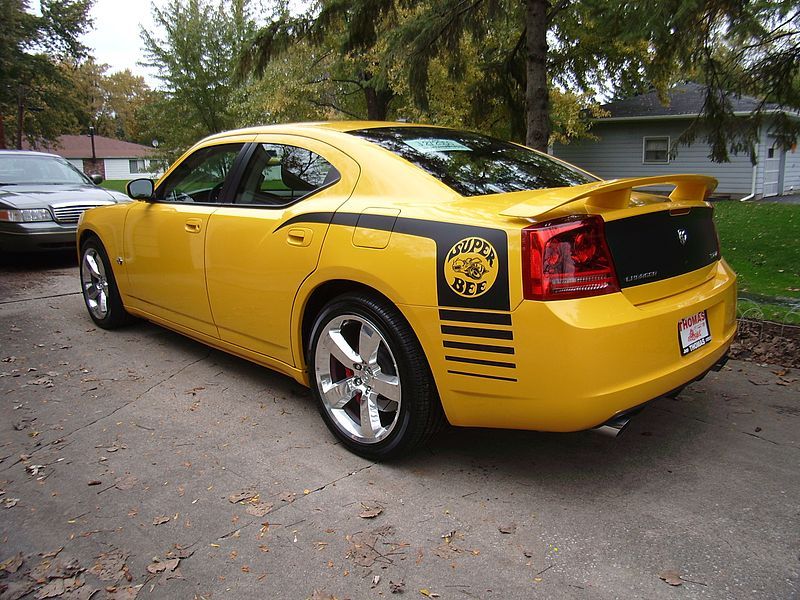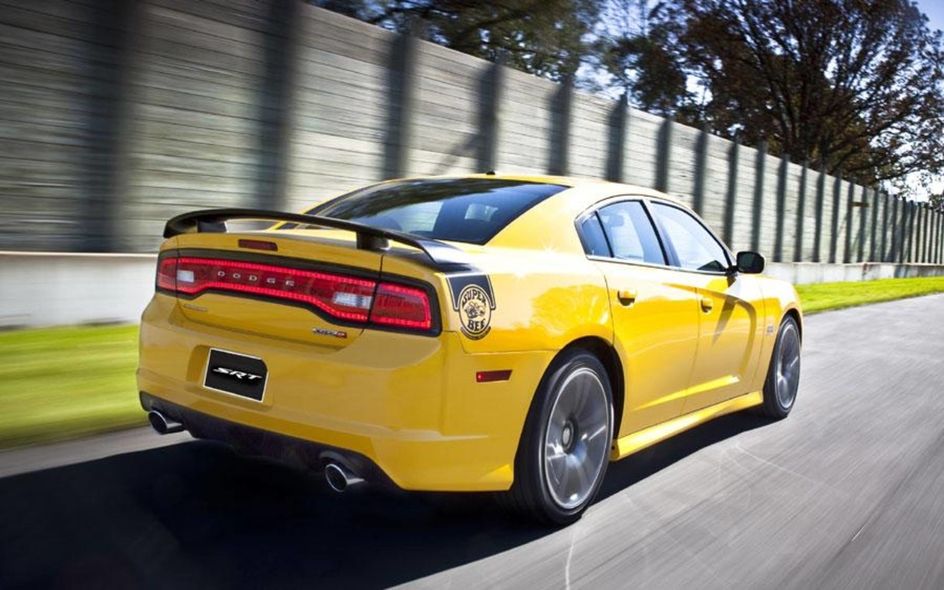Predicting what cars will be future classics can be difficult. Tastes change as time goes on, and what may have been considered at the top of the car game now, can fade into obscurity decades down the road. Cars that may be considered undesirable one year, can skyrocket in value and respect as well, but others show all the signs of being a classic from the moment they are released.
Building off of a revered legacy is one way this happens, with cars like the new Shelby Mustang GT350 or Dodge Demon being recognizable by most enthusiasts as a continuation, and enhancement of previous classics in the brand's catalog. When these tributes are done properly, there's little doubt as to whether they'll attain classic status, even when new.
While Dodge is gaining plenty of respect by returning to their roots as Chrysler's all out performance division, with cars like the Charger Hellcat, in previous decades, their reputation fell to an all time low. But this resurgence didn't just happen in the past couple years, in 2012 Dodge released a continuation of their legendary Super Bee that fell under the radar of the average car enthusiast, but among Mopar fans, is a sure-fire future classic.
Read on to find out what makes the dodge SRT8 Super Bee such a certain future classic:
Bringing Affordability To The Golden Age Of Muscle
The year was 1968, one of the biggest years in muscle car history. Monsters like the Pontiac GTO and Chevy Chevelle were at an all time high in both power and comfort, rolling straight out of the factory, and on to the streets that they'd dominate with impunity. These big V8 powerhouses were mostly unchallenged, with fuel costing very little, and no need to meet any serious emissions standards, muscle cars were king. But the big names in the muscle car world were unattainable for most people, these were high-end options of mid-size cars. To get the V8 power you wanted, you had to opt for nearly every option the car had.
It was Plymouth, Dodge's sister brand, that took note of this. Their Belvedere based GTX was one of the names to beat, but followed that same pattern of requiring luxury options to have the best V8. Dodge had this same formula in the Coronet R/T, based on the same B-body platform as the Belvedere.
But when Plymouth made the leap into affordable territory with their big V8 powered, but lacking the luxury trim, Belvedere based Road Runner, it was an instant success. So much so that Dodge decided to do the same thing with their Coronet R/T, the same year the Road Runner is born, the Coronet Super Bee (a play on words from the "B-body" it was based on) is also brought into the world.
Stinging The Road Runner, And Enthusiast's Hearts
With the Super Bee being released immediately after the Road Runner in 1968, it was clear that these less luxurious, but just as powerful, muscle cars were an accurate prediction of what people at the time wanted. The Super Bee came standard with a 383 V8 that could put down 335 HP, a scorcher for how affordable it was.
While the Road Runner and Super Bee were nearly identical B-body based cars, Dodge had a reputation to uphold as the higher end brand within the Chrysler group, giving the Coronet Super Bee the dashboard from their higher end Charger, shifter upgrades, beefier suspension, and a 3d die-cast metal Super Bee emblem (as opposed to the Road Runner's 2d sticker).
But that would be the problem, the affordable formula just wasn't as impactful in the long run for a higher end brand, Plymouth would sell 84,000 Road Runners in 1969, compared to Dodge's 28,000 Super Bees. But Super Bees were beloved by those who bought them, and a true powerhouse of it's time, earning it a firm place as a Mopar legend.
In 1971, Dodge switched the Super Bee name over from the Coronet, to the Charger, as the Coronet was now being positioned as a more affordable alternative to the Charger. While the 1971 Charger Super Bee was as good as it got for affordable Mopar muscle, this would be the last year of the Super Bee, as it was killed off completely after only 3 years of life.
A Step In The Right Direction
While the original Super Bee had a short life, it died as a legend. Meanwhile, Plymouth had slammed the Road Runner name into a wall in the late 1970s by attaching it to cosmetic packages on cars like the Volare, tainting it into merely a gimmick. But the Super Bee name had remained pure, and one that lasted as a revered name among Mopar enthusiasts.
While the Dodge Charger itself had been effectively neutered in the Malaise era, it was a victim of a terrible time for American performance. In 2006 Dodge reveals their 6th generation Charger, the first new Charger since their mediocre 1987 model.
Starting in 2007, and lasting until 2009, Dodge revived the legendary Super Bee name for the Charger, with a limited edition of 1000 per year. Based on the top end SRT8 Charger, these Super Bees were quick and a blast to drive, but missed the original point of the name. Instead of trimming away the frills and high price of the top end model, the Super Bee graphics were simply added on over an already built SRT8.
As well, this generation of Charger didn't get the greatest response from consumers, as the almost entirely plastic interior and mediocre overall quality made it rather underwhelming as the comeback story for a once legendary car.
The Spiritual Successor, 41 Years In The Making
Finally, in 2011, the 7th generation Charger is released. Marking a massive improvement over the 6th generation, the new Charger has a well designed and built interior and exterior, better ride quality, and improvements on most corners of the car. With cars like the Hellcat in the works, Dodge commits to returning to their roots as the higher end performance brand they once were.
With the SRT8 Charger still in production, Dodge decides to finally revive the Super Bee as a proper successor to what it once stood for, and in 2012, this becomes a reality. With the release of the new Super Bee, the revered name is finally attached to a car that stands for what it truly means. Offering the engine and drivetrain from the SRT8, but without the luxury options needed to select the SRT8 package, the Super Bee costs $4,300 less than its upscale brother, while still offering all the performance. Even better, Dodge brought back the 3d die-cast Super Bee logo.
With a 392 Hemi V8 under the hood, good for 470 HP and a 0-60 MPH of 4.5 seconds, and devoid of the high end options that make it's brother expensive, the SRT8 Super Bee is finally a proper return to form as the affordable way to get top end muscle performance. While it only lasted from 2012 to 2014, these limited, but popular, production numbers, combined with the fact that it was a true continuation of a legendary and beloved name, make it a definite classic in this age of modern muscle cars.

